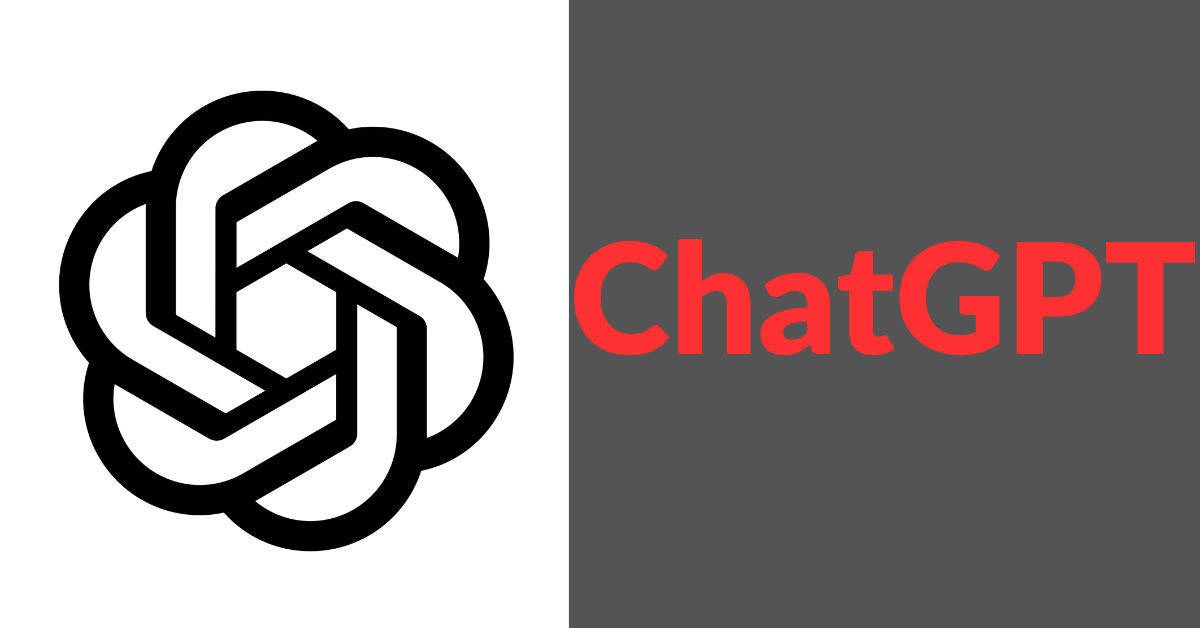
ChatGPT Prompts Using the “3‑Word Rule” for Smarter, Expert-Level Responses
-
by AiPrompt
- 96
Ever feel like your ChatGPT responses are kind of… meh? Like they’re okay, but not *insightful*, *structured*, or *punchy*? You’re not alone. That’s where the “3‑Word Rule” comes in—a simple, powerful technique to sharpen your prompts and unlock more expert-level, high-value answers.
Here’s how it works: you use three strategic words that frame your prompt more clearly and give ChatGPT a better path to generate precision. Think of them as *focus filters*. Words like “compare”, “summarize”, or “strategize” act like lenses that guide the model to respond with intent instead of fluff.
I’ve tested this over 300+ prompts across business, learning, creativity, and productivity. The results? Sharper tone, more logical structure, and surprisingly professional insights—even from casual prompts. Whether you’re a content creator, student, analyst, or startup founder, the 3‑Word Rule can seriously level up your ChatGPT game.
🧠 ChatGPT Prompts Using the “3‑Word Rule” for Smarter, Expert-Level Responses
❓ FAQs
Q1: What is the “3‑Word Rule”?
A: It’s a simple method of leading your prompt with three clear action-focused words to improve the structure and depth of ChatGPT’s answers.
Q2: Do I need to use exactly three words?
A: No, but three works well as a creative constraint. It keeps your intent tight and focused.
Q3: Can I use this in any field?
A: Absolutely. It’s especially useful in marketing, product, writing, consulting, strategy, and education.
Q4: Will this work in GPT-4, Claude, or Gemini?
A: Yes. It’s a model-agnostic prompt design principle.
Q5: Any tips to come up with better words?
A: Use verbs or outcome-based keywords. Think in terms of thinking steps: clarify, summarize, visualize, reframe, etc.
✅ Final Thought:
Next time you prompt ChatGPT, ask yourself—am I being clear, or am I just typing? Add 3 strategic words and watch the quality jump. Remember: better prompts = smarter outputs. It’s not magic. It’s prompt science.
Related posts:
Ever feel like your ChatGPT responses are kind of… meh? Like they’re okay, but not *insightful*, *structured*, or *punchy*? You’re not alone. That’s where the “3‑Word Rule” comes in—a simple, powerful technique to sharpen your prompts and unlock more expert-level, high-value answers. Here’s how it works: you use three strategic words that frame your prompt…
Ever feel like your ChatGPT responses are kind of… meh? Like they’re okay, but not *insightful*, *structured*, or *punchy*? You’re not alone. That’s where the “3‑Word Rule” comes in—a simple, powerful technique to sharpen your prompts and unlock more expert-level, high-value answers. Here’s how it works: you use three strategic words that frame your prompt…
